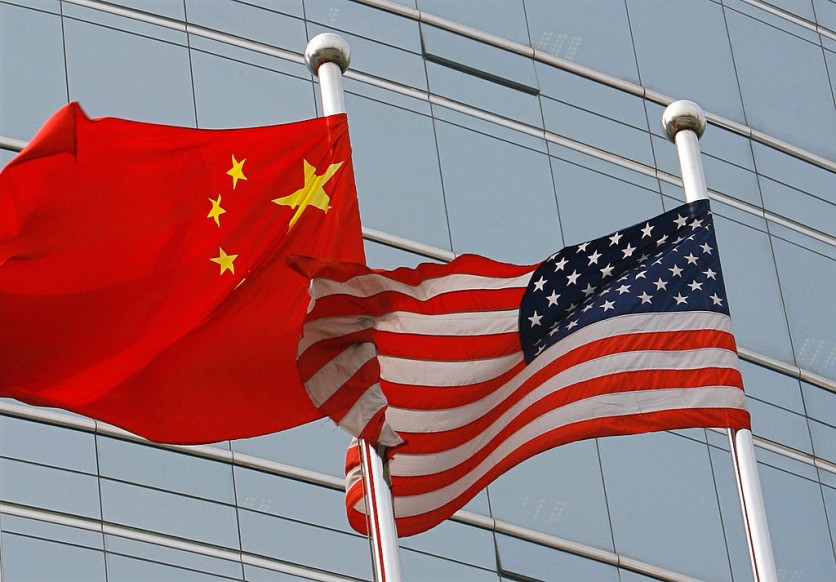China's military assets could soon be protected by energy plasma shields as Chinese scientists have allegedly developed the newest defense technology, as reported by Interesting Engineering, citing South China Morning Post as their source.
The deflector shields was reportedly created by a team led by Chen Zongsheng an associate researcher at the National University of Defence Technology's State Key Laboratory of Pulsed Power Laser Technology.
The researcher claims that their "low-temperature plasma shield" could shield delicate circuits from electromagnetic weapon bombardments with up to 170kW at a distance of just 3 meters (9.8 feet). Tests in the lab have reportedly demonstrated the viability of this novel technique.
China's energy shield is intended to prevent potentially dangerous microwaves from harming sensitive devices by using a unique type of plasma. The new shield much needed in the military as even at short range, Interesting Engineering notes that powerful electromagnetic radiation (EM), such as microwaves, can jeopardize contemporary electronics, even military chips reinforced with specialized circuitry. EM could potentially raise the chip's internal temperature and induce electrical interference.

South China Morning Post states that the plasma shield of electrically charged ions will be able to defend China's drones, missiles, and other weaponry against powerful microwave assaults.
Chen's team reportedly established that their technique did not break any fundamental principles of physics before successfully implementing it, requiring relatively little electrical energy to build a steady layer of plasma.
Chen and his colleagues reportedly revealed the team is working on creating miniature devices to implement this technique in a peer-reviewed paper that was published in the Journal of the National University of Defence concept last month.
The shield itself works by having the charged particles instantly absorb the energy of "attacking" electromagnetic waves and become extremely active. The density of the plasma in space will abruptly rise if the opponent continues to assault or even increases the intensity of their strength, reflecting the majority of the incoming energy like a mirror. According to the report, an avalanche effect will result from charged particles overwhelming the waves that enter the plasma at the same moment.
US Advancements Fuel Chinese Scientists
Chen's peer-reviewed research indicates that the US has employed high-power microwave weapons, the Vigilant Eagle system, the AGM-86 cruise missile with a high-power microwave payload, and the Active Denial System for airspace blockade in the past, suggesting the necessity of a plasma shield in the event of a conflict.
Chen reportedly added that the People's Liberation Army's electronic information system might potentially be rendered useless if such microwave attacks happen, leaving even the nation's most advanced weapons and gear nothing but a "heap of scrap metal..."
U.S and China Resume Talks
While the paper itself indicates that a threat from the US was one of the factors that fueled the newest defense invention, talks between the US and the Chinese military has resumed as previously agreed-upon by Presidents Joe Biden and Xi Jinping.
Associated Press notes that talks have proceeded to show the two nations still disagree regarding each's position in Taiwan. A senior U.S. defense official told reporters in a briefing before the meetings that although the talks' return is encouraging, "we're clear-eyed" about the significant differences that still exist between the two militaries.
These differences reportedly include the potential consequences of China's move toward Taiwan's reunification and the potential commitment of the United States to support Taiwan's defense. In order to disclose specifics before to the meeting, the official talked with reporters under the condition of anonymity.
This plasma shield development proves to show that Chinese military weaponry only continue to advance, similar to a Reuters report September of last year wherein the country showcased series of various modernizations for its warships and aircrafts amidst Indo-Pacific tensions, especially around the Taiwan Strait, rise.

ⓒ 2025 TECHTIMES.com All rights reserved. Do not reproduce without permission.




